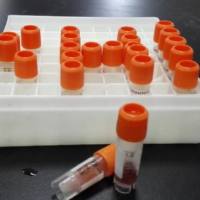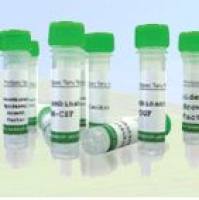Combined Immunostaining and FISH Analysis of Polytene Chromosomes
互联网
554
Polytene chromosomes result from subsequent cycles of DNA replication that are not followed by nuclear division. In Drosophila , this occurs in the majority of larval tissues and is most prominent in salivary glands, where up to eleven rounds of replication events may occur. Because the replicated chromatids remain tightly aligned, this process leads to pairing of up to 2048 DNA strands, giving rise to a highly reproducible banding pattern (1 ). This exceptional structure allows cytological analysis of genes and their associated proteins with a relatively high resolution. Up to 5000 condensed bands separated by less condensed interband chromatin regions can be well resolved with electron microscopy, whereas conventional optical microscopy techniques allow about 1000 bands and interbands to be distinguished. Because the size of Drosophila genomic euchromatin is about 120 Mb, the level of resolution on a linear scale is in the order of 10–50 kilobases (kb), depending on the local degree of condensation of the chromosomal region of interest. Therefore, polytene chromosomes represent a formidable tool for cytological analysis of biological processes. Moreover, polytene chromosome assays can be readily implemented in most laboratories, because they require only standard transmission and fluorescence microscopy equipment and reagents and do not demand great technical expertise.









